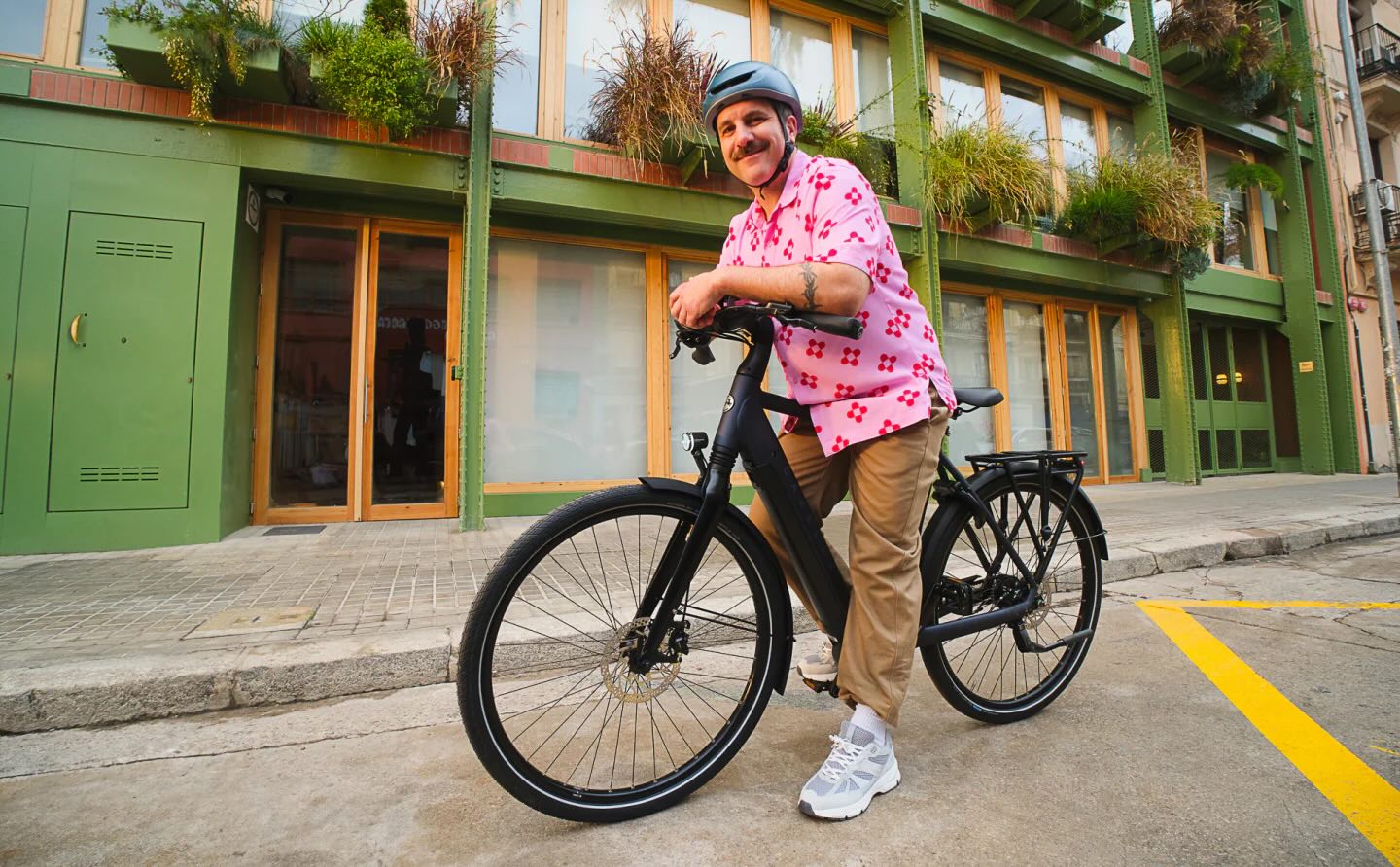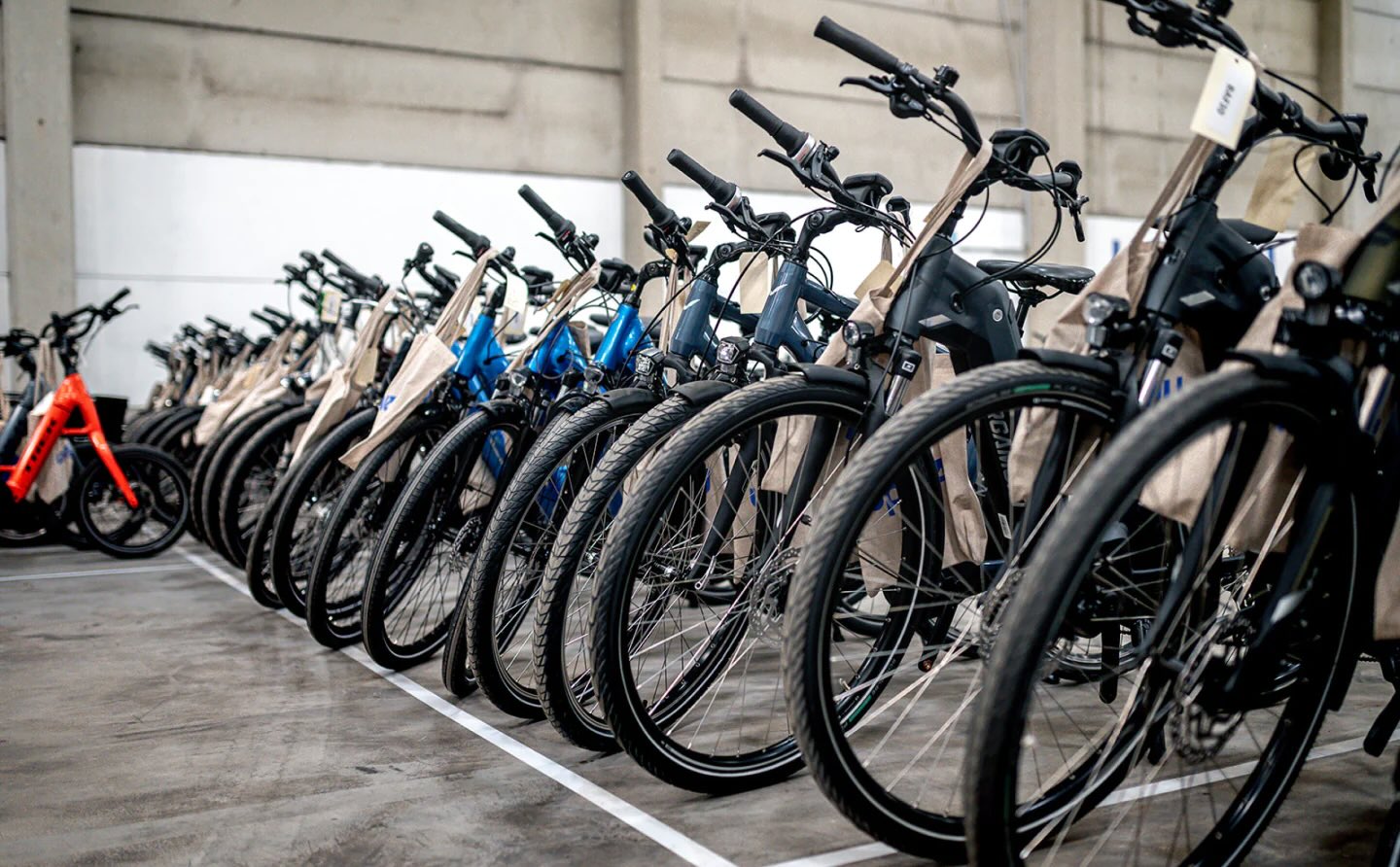Weather-related foreclosures across the United States could jump 380% over the next 10 years, reported CBS MoneyWatch.
By 2035, weather-driven events could account for up to 30% of all foreclosures, compared with roughly 7% today.
The research from First Street, a climate impact analysis firm, shows how rising repair costs and insurance premiums are creating a perfect storm for American homeowners.
What are climate-driven foreclosures?
Weather-driven foreclosures happen when extreme conditions damage homes so badly that owners can't afford the repairs or insurance costs. Unlike traditional foreclosures caused by job loss or financial hardship, these stem directly from floods, hurricanes, wildfires, and other weather disasters.
The problem hits families with low and moderate incomes the hardest since most of their wealth is tied up in their homes. When a storm destroys your house and insurance doesn't cover the full cost, foreclosure often becomes the only option.
Why are climate-driven foreclosures important?
These foreclosures are a concealed financial risk that most lenders don't consider when approving mortgages, per the report. Banks typically look at your income, debt, and credit score but not whether your future home sits in a flood zone or wildfire path.
TCD Picks » Upway Spotlight
💡Upway makes it easy to find discounts of up to 60% on premium e-bike brands
First Street projects lenders will lose $1.2 billion this year alone, with losses climbing to $5.4 billion annually by 2035. For every 1% increase in insurance costs, it estimates foreclosure rates jump by roughly 1% nationwide.
"Such losses represent the 'hidden risks' of climate change that lenders often fail to account for in their underwriting practices," CBS MoneyWatch wrote while paraphrasing Jeremy Porter, head of climate implications at First Street.
This oversight leaves both homeowners and banks vulnerable when disaster strikes.
How climate foreclosures affect homeowners and communities
Florida faces the biggest risk, with eight of the top 10 counties for the highest projected credit losses. Duval County alone could experience $60 million in losses from 900 foreclosures in a severe weather year.
TCD Picks » Stasher Spotlight
💡Stasher's reusable food storage options make it easy and affordable to live life with less plastic
|
Do you think America is in a housing crisis? Click your choice to see results and speak your mind. |
However, the impact goes beyond coastal areas. Heavy rainfall and river flooding threaten inland communities too, especially where flood insurance coverage remains spotty.
The real problem lies in insurance gaps. The Federal Emergency Management Agency's flood maps cover just under 8 million properties, but First Street estimates nearly 18 million homes face flood risk. That leaves millions of homeowners without proper coverage.
"About half the people with significant flood risk aren't mapped into [FEMA's] Special Flood Hazard Area," Porter explained. "So it leads to a state where we have a lot of underinsurance across the country."
Properties outside official flood zones saw foreclosure rates 52% higher than those inside protected areas when flooding occurred from 2002 to 2019.
"If you don't protect yourselves, then when the event does occur it's completely on you. You end up having to pay out of pocket and you may go into foreclosure," Porter said. When buying a home, ask about flood risk even if you're not in an official flood zone. Consider flood insurance regardless of requirements, and factor potential weather-related costs into your budget.
Join our free newsletter for good news and useful tips, and don't miss this cool list of easy ways to help yourself while helping the planet.

















